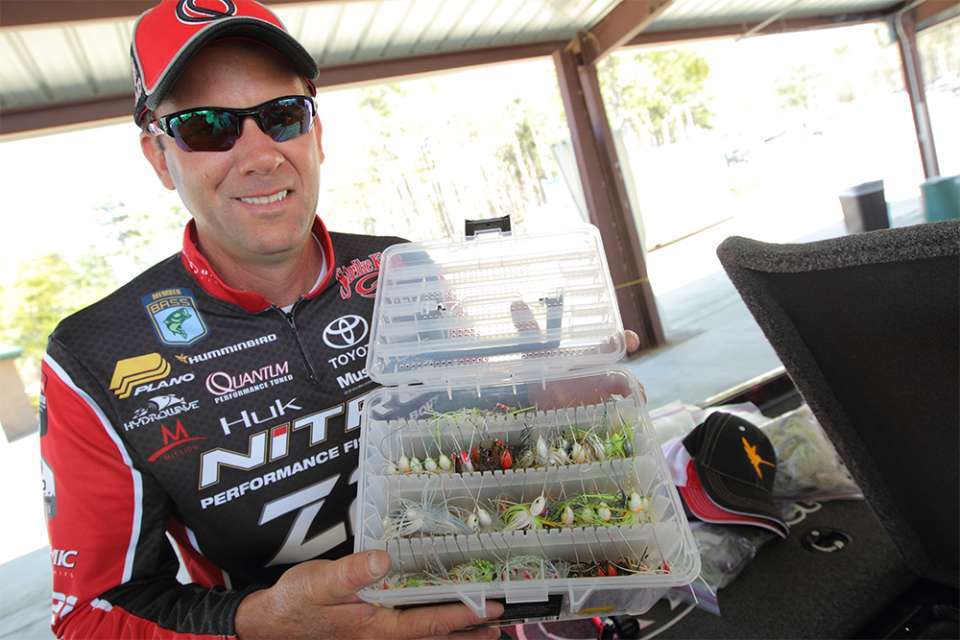
Spinnerbaits. Remember them?
They still catch big fish and can really catch ‘em in the coming months of fall.
Admittedly, they have kinda been pushed aside. Years ago, no one fished without having at least one tied one on.
But over time, our lure arsenal has grown to include baits that perform similarly but with different actions.
We’ve got swimbaits with more eye appeal and some vibration; square bill crankbaits that emit action, vibration and erratic movements; bladed jigs with some vibration and less flash than a spinnerbait; and swim jigs that move horizontally through the water column but more subtly.
However, the spinnerbait with its combination of vibration and flash still has its place.
The spinnerbait pattern will be showing up in the coming days on northern lakes for largemouth and smallmouth. Burning a spinnerbait – cranking it fast just beneath the surface in clear water – can be deadly.
A similar technique works in the South, too, but it happens a little later because it takes longer there for the water to cool down. What happens during October in the North occurs in November in Missouri and December in Texas.
During the fall, most lakes become lower and clearer. There’s more visibility and the baitfish are moving shallow, a great combination for the spinnerbait angler. In addition, it’s an efficient way to cover water quickly when searching for fish. The look of the blades spinning and the vibration really mimics all types of baitfish.
Just as I do any other time of year, I select a spinnerbait to match the conditions. Therefore, during the fall, I like to use more compact baits with smaller blades in clearer water.
I can work them faster, keep them in the upper end of the water column and emulate the smaller baitfish that hatched earlier in the year.
I’ll drop down to a 3/16-ounce spinnerbait with a small Colorado/willow blade combination or perhaps a single Colorado.
The first spinnerbait I ever used as a youngster was a Beetle Spin and caught a lot of bass on that. Today we have slightly larger versions (like the one I mentioned) but they have better skirts and hooks.
Most of the larger baits I throw during the fall have willow blades because they displace less water and I can reel them faster.
Two factors help me determine whether to use a larger bait: cover and water clarity.
If I’m fishing a lake with a lot of grass, such as hydrilla or milfoil, I’ll use larger baits with willowleaf blades. If the water is stained, a bigger bait is better, but I tend to prefer Colorado blades over willowleafs because they put out more vibration.
The key is to match the weight of the bait with the blades to achieve the retrieve speed and depth you need to fish.
There are times I’ll use a 3/4-ounce spinnerbait and reel it fast. If you put the same blades that come on a 1/2 ounce onto a 3/4 ounce, you can fish the bait faster and deeper. My favorite for this is the Scorcher, a spinnerbait that Strike King makes exclusively for Bass Pro Shops. It has a full-size frame with smaller blades, so it displaces less water, and I can really burn it and keep it down. I always have one tied on this time of year.
Remember – spinnerbaits may be “old school” compared to today’s trendy replacements, but they still have bass appeal.
Especially when our waters cool in the fall.
It’s all about the attitude!
Kevin VanDam’s column appears weekly on Bassmaster.com. You can also find him on Facebook, Twitter and Instagram.

